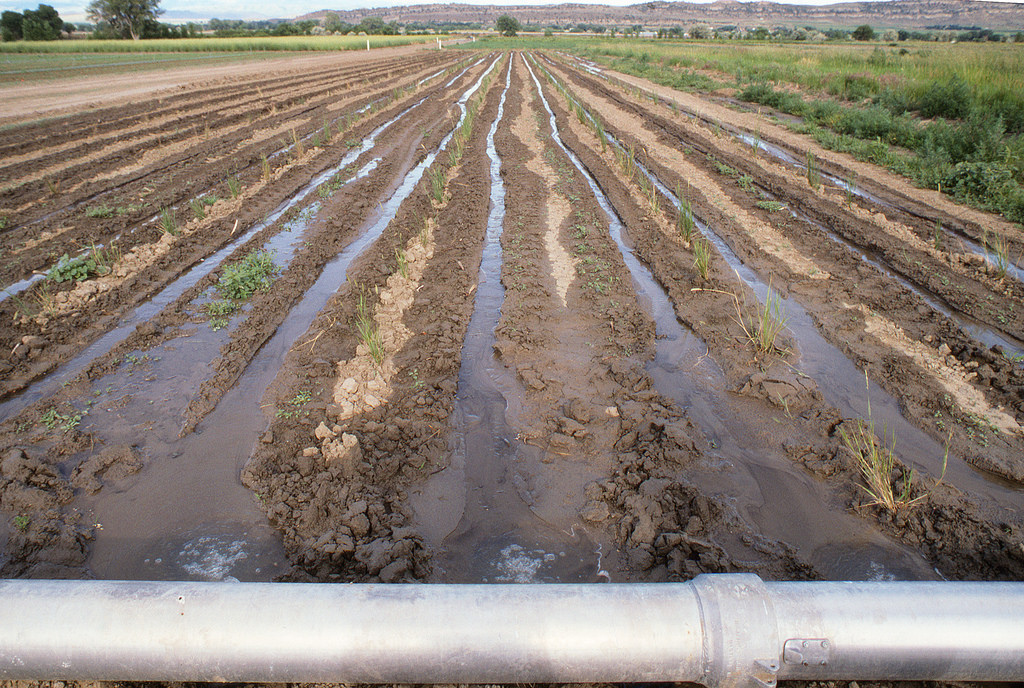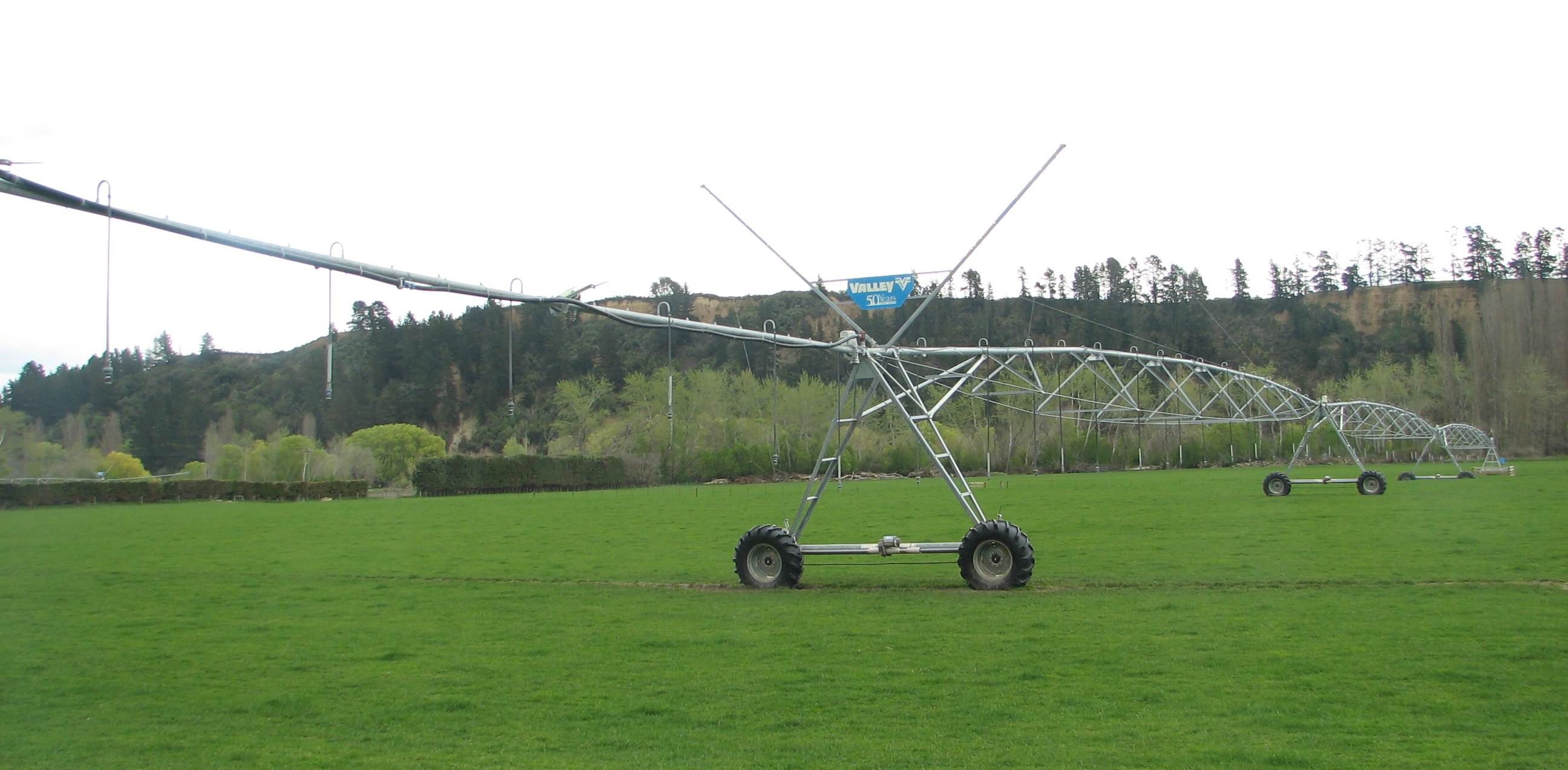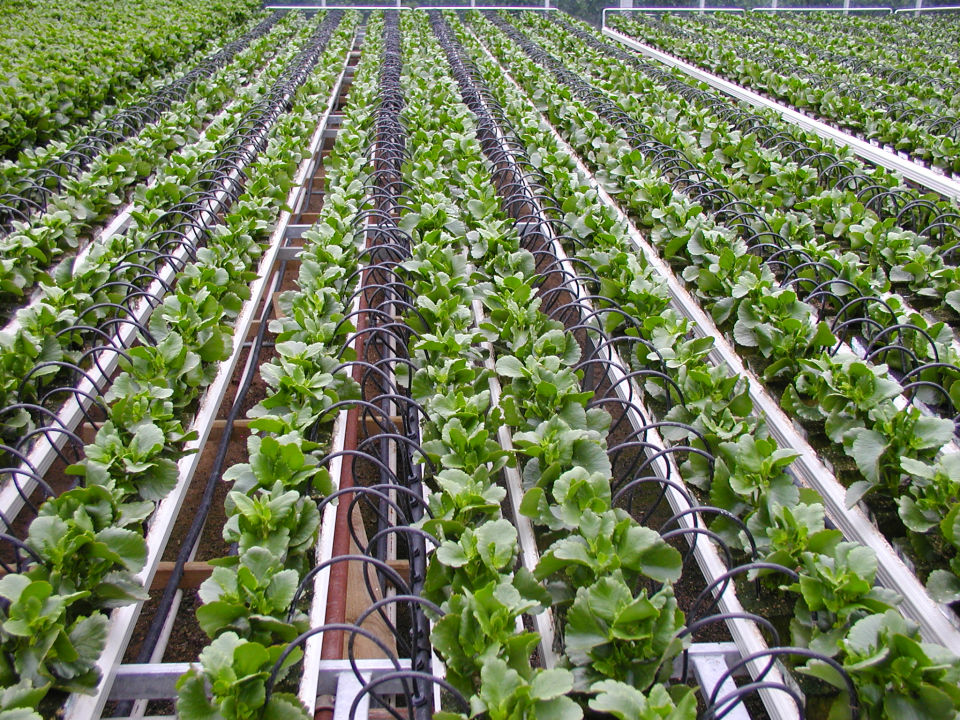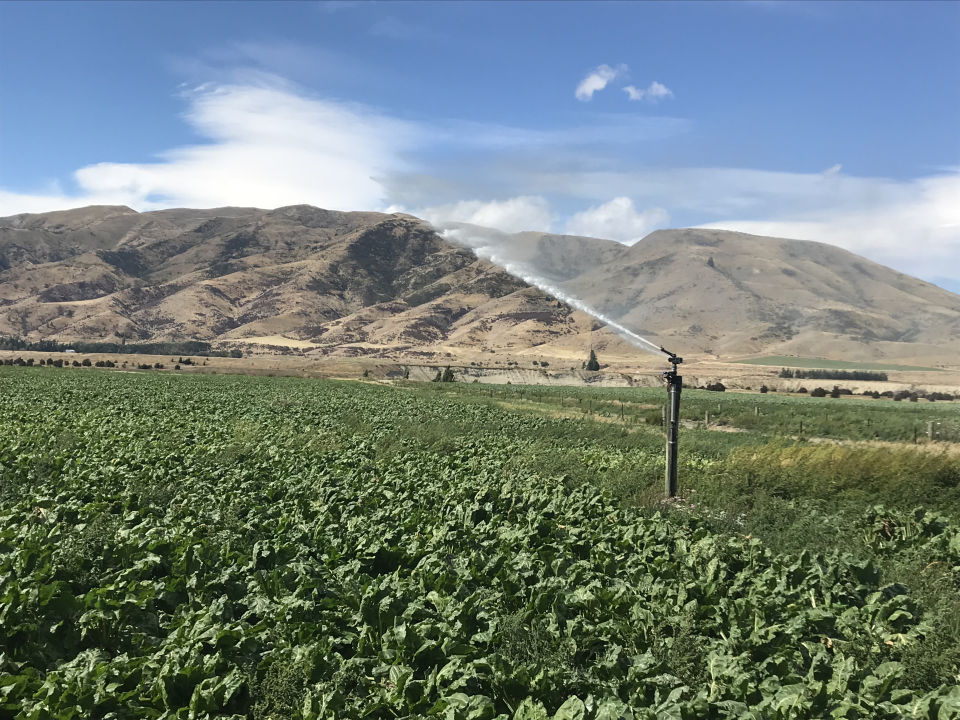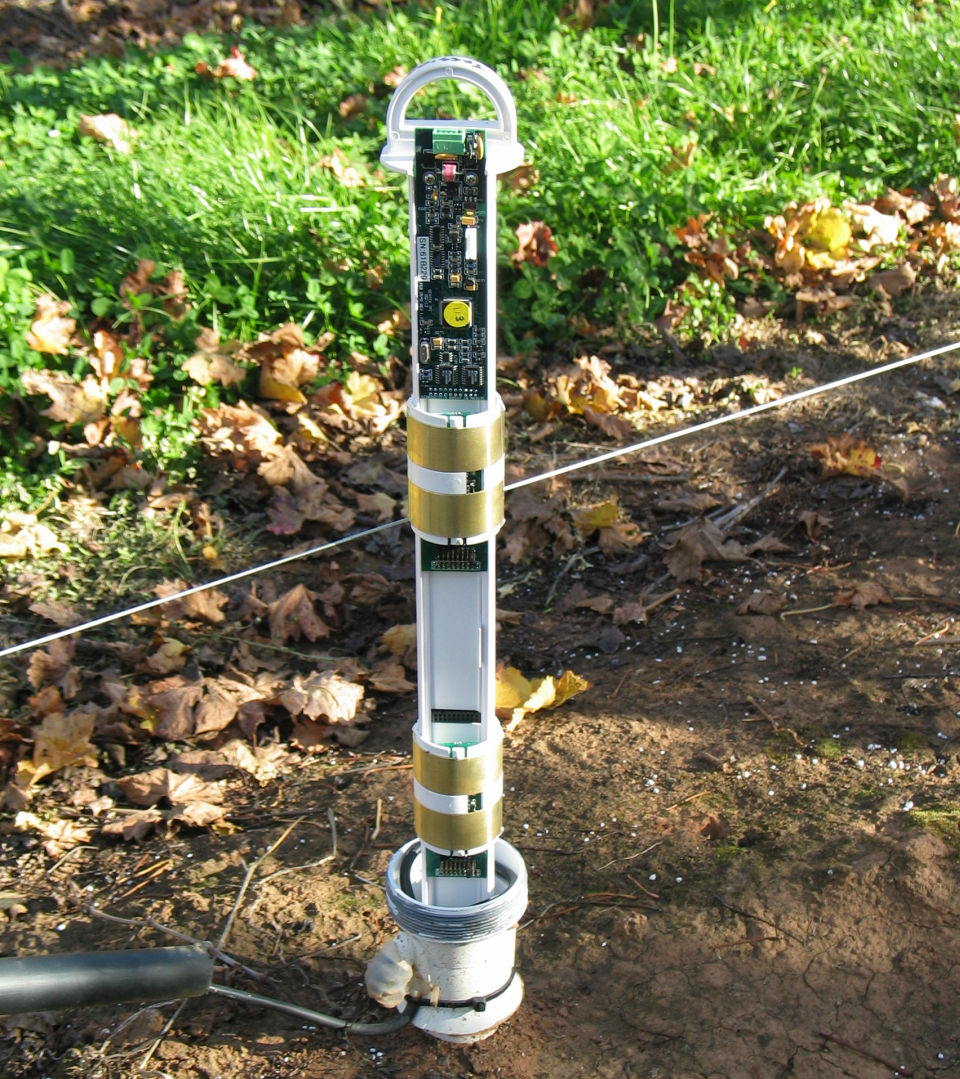Flood irrigation
Irrigation systems have changed over time. The oldest irrigation system is flood irrigation. Thousands of years ago in Egypt, the Nile River used to flood a large area of land each year. The river water made this dry area into a fertile area for growing food.
There is still flood irrigation in New Zealand but most land is not irrigated this way. Modern irrigation systems are able to apply less water to grow food.
Modern systems
Today, much of New Zealand’s irrigated land uses modern spray irrigation systems. Two of these systems are:
- centre pivots - often used to irrigate grass or crops.
- drip micro systems - used to irrigate orchards, wineries, or vegetable crops.
These systems can apply a small amount of water at regular times when needed. This is a more efficient way of producing food. There is no wasted water running off underground or into rivers. Applying a little bit of water at a time also means that when it rains the ground is not too wet. The ground can still absorb some rainfall, so this rain is not wasted.
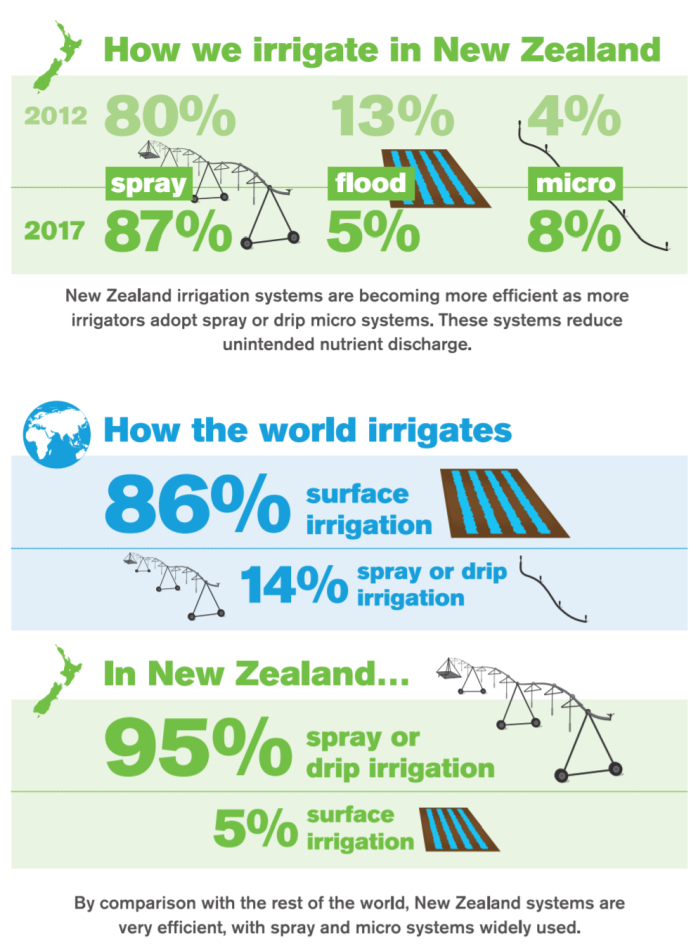
Modern tools
New tools help farmers plan and decide when they need to apply water. For example, there are tools which measure soil moisture levels. This helps farmers know when crops or grass need watering. Weather forecasts also help with decisions about when to irrigate.
New piping makes sure water is not lost through the supply system. This can happen with leaky channels or evaporation. Piping also gives a pressurised water supply to the irrigator, often by using gravity. If you put water in a pipe and run it downhill, you produce pressurised water. This takes away pumping costs. Power costs are a big part of running irrigation. The design of modern irrigation systems reduces power use.
Monitoring and managing
Today, there is careful monitoring of water use. Farmers need to install water meters, so councils know their water use. This is to check that farmers don’t use more water than their consent allows.
Some farms also need a farm environment plan. This is a plan to reduce the chances of their activities having a negative effect on our environment. Farmers also must include information about how they manage their irrigation. This is so they don’t apply water when it’s not needed.
- Read more about the actions in a Farm Environment Plan - Good Farming Practices PDF.
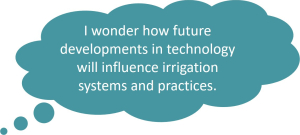
- Ready for a quiz? Try the Changing Technologies activity.

